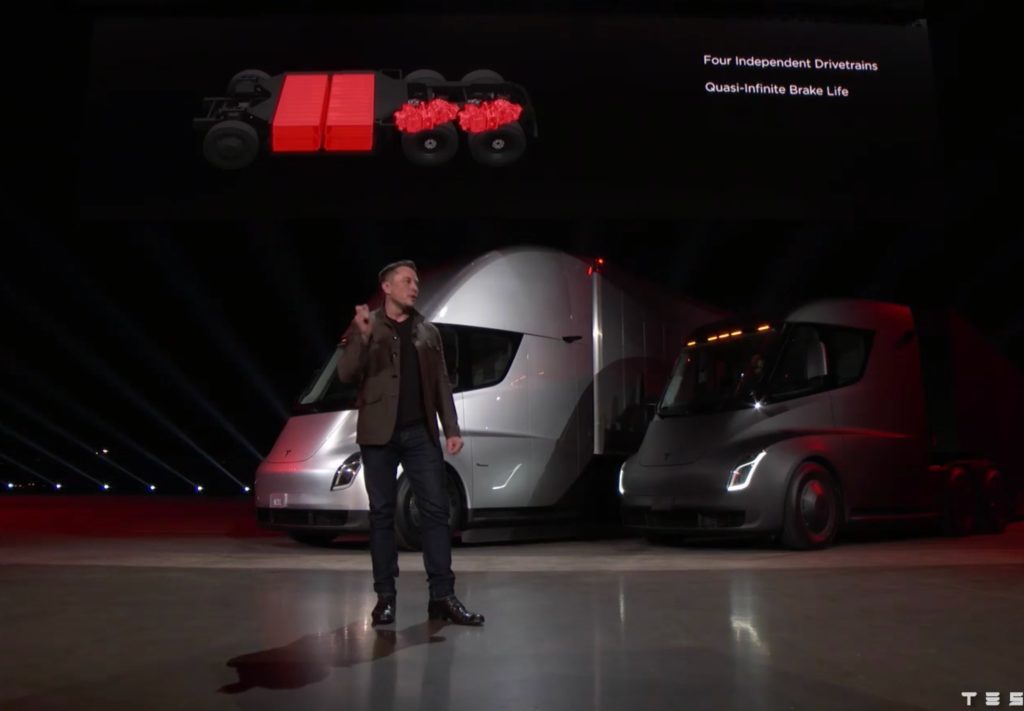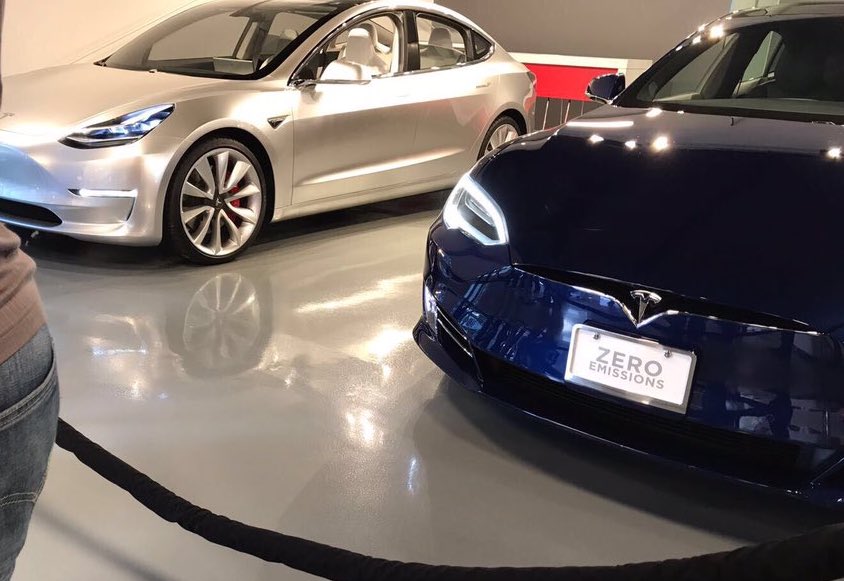

Investor's Corner
Tesla guides EV industry’s shift from niche production to mass market
As Tesla continues to push the boundaries on automation in its factory production line, 2018 could be the year when the company and the electric vehicle (EVs) industry shifts from being seen as niche production to the mass market. Noting that roughly 1.3 million EVs were sold around the world in 2017, a 57 percent increase over 2016 sales, global consultancy McKinsey predicts that EVs’ share of total passenger vehicle sales could reach 30 to 35 percent in major markets like China, Europe, and the US by 2030. In partnership with automotive benchmarking specialist A2Mac1, McKinsey took a deep dive into EV technology, and identified four strategies that automakers should follow to remain relevant as the industry transforms itself.
EVs reached a major milestone in 2017. The main obstacles to mass market adoption have been driving range and price. With the launch of Tesla’s Model 3 and GM’s Chevy Bolt, both of which offer a range of over 250 miles, McKinsey believes that the range issue has basically been solved, and that automakers can now focus on reducing price points, either by increasing design efficiency or reducing manufacturing costs. To be successful at this, McKinsey believes they will need to follow four technical strategies.
1 – Build native electric vehicles
Native EVs – cars built on a custom electric platform, rather than adapted from legacy fossil-fuel vehicles – cost automakers more to develop, but offer multiple advantages. A native EV doesn’t have to be designed around bulky components that are no longer needed, such as drive shaft tunnels and exhaust systems, so it can accommodate a bigger battery pack. The pack can also be placed where it makes the most sense – at the bottom of the vehicle. This “skateboard” design, made famous by Model S designer Franz von Holzhausen, has since been copied by other automakers. Not only does it improve handling by giving the vehicle a lower center of gravity, it also opens up much more space for passengers and cargo.
2 – Push the boundaries of powertrain integration
McKinsey’s benchmarking revealed a continuing trend toward EV powertrain integration: EV-makers are integrating components such as inverters, motor controllers, etc, into fewer modules. One indicator of the increased level of integration is the design of the electric cables connecting the main electric powertrain components (battery, motor, power electronics and thermal management). McKinsey observed a decrease in both cable weight and the number of parts in the latest electric models compared with earlier vehicles.
EV powertrains are inherently more flexible, as the components are smaller, and designers have more freedom to place them in the best positions to optimize space. McKinsey found that the Chevy Bolt seems to use an ICE-like positioning of its powertrain electronics, whereas the Tesla Model 3 integrates most components directly on the rear of its battery pack and rear axle.
3 – Stay ahead in the technology game
Electric vehicle customers tend to be tech-savvy – they expect to have the latest driver-assistance systems, connectivity features and infotainment goodies. This almost obligates EV manufacturers to equip their vehicles with the highest levels of technology available. However, McKinsey sees this as an opportunity, as it creates a great testing field for the new technologies that OEMs and third-party providers are developing.
Vehicle controls are steadily migrating from physical knobs and switches to a more central, smartphone-like user interface. Of course, Tesla’s Model 3 is the ultimate example of this, but most EVs are following the trend of clearing the clutter. “We observed EVs in our benchmark that have as few as seven physical buttons in the interior, compared with 50 to 60 in many standard ICEs,” says McKinsey.
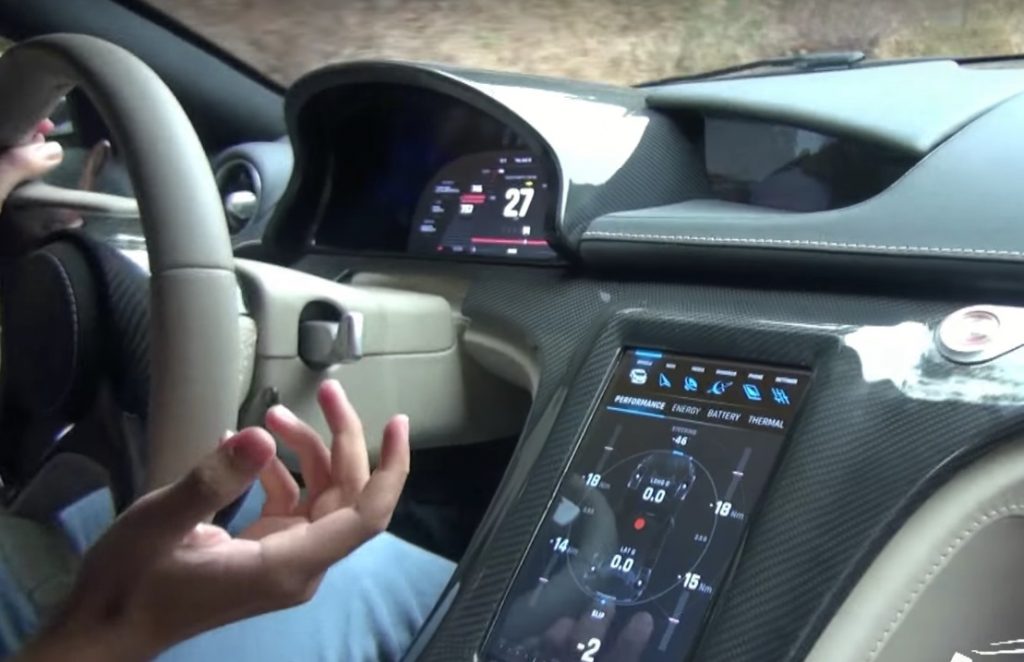
Rimac Concept_One digital controls being demonstrated at Monterey Carweek
Behind the scenes in vehicles’ electronic control units (ECUs), the trend is also toward more consolidation. Legacy autos are controlled by a jumble of different computer systems, often from different suppliers, that talk to each other in limited ways or not at all. Once again, Tesla led the way. In a 2014 interview, Tesla founder Ian Wright told me that his 2008 Volkswagen probably had “sixty or seventy electronic black boxes, 300 pounds of wiring harness, and software from 20 different companies in it.” Tesla’s vehicles use one central computer system. “The major reliability problem with those cars is the electronics and software,” said Wright. “I think Tesla did take a real Silicon Valley systems architecture perspective in designing all the electronics in the Model S.”
In an EV, electronics and software are the heart of the vehicle, and Wright predicted that, as the majors began to produce EVs, they would eventually be forced to adopt a more systems-oriented approach. McKinsey found that this prediction is coming true. Automakers are finding that a centralized approach gives them the chance to own a key control point in the vehicle, helps to save on weight and costs, and may improve reliability. Central, high-power ECUs “could also be the backbone for developing fully autonomous driving.”
4 – Design to cost
Legacy automakers are still struggling to make a profit on their EVs, mainly because of high battery costs (not Tesla, which claims to be earning margins of over 20% on Model S and X sales). Now that the range issue has been more or less solved, McKinsey believes OEMs will need to apply design-to-cost (DTC) strategies to produce EVs at attractive price points while earning decent margins. Fortunately, this something that established OEMs and suppliers are good at, so they may be able to quickly catch up. For example, improvements in battery technology may allow automakers to switch from lightweight but costly aluminum to more cost-efficient steel (a shift Tesla has already made with Model 3).
Can the traditional automakers make money in the volume EV market? Many industry observers are skeptical – one reason for the companies’ reluctance to embrace EVs may be that they see them as a lower-profit proposition. In the first public acknowledgment of this dynamic, Daimler recently announced that it foresees an end to profit growth this year, partly due to the high costs of making the shift to EVs. Certainly, it’s difficult to imagine that any EV will ever yield the prodigious profits of a vehicle like Ford’s F-150 pickup, which has been called the most profitable consumer product in history.
However, McKinsey believes that, if automakers heed its sage advice and take the aforementioned four EV design steps into consideration, they should be able to reduce the higher manufacturing costs of EVs and find their way to a positive mass-market business case. An era of profitable mass-market EVs could be on the horizon, and that would be good news for consumers, the environment – and forward-looking automakers that are willing to take some risks and embrace change.
===
Note: Article originally published on evannex.com by Charles Morris; Source: McKinsey / A2Mac1
Investor's Corner
Tesla could save $2.5B by replacing 10% of staff with Optimus: Morgan Stanley
Jonas assigned each robot a net present value (NPV) of $200,000.
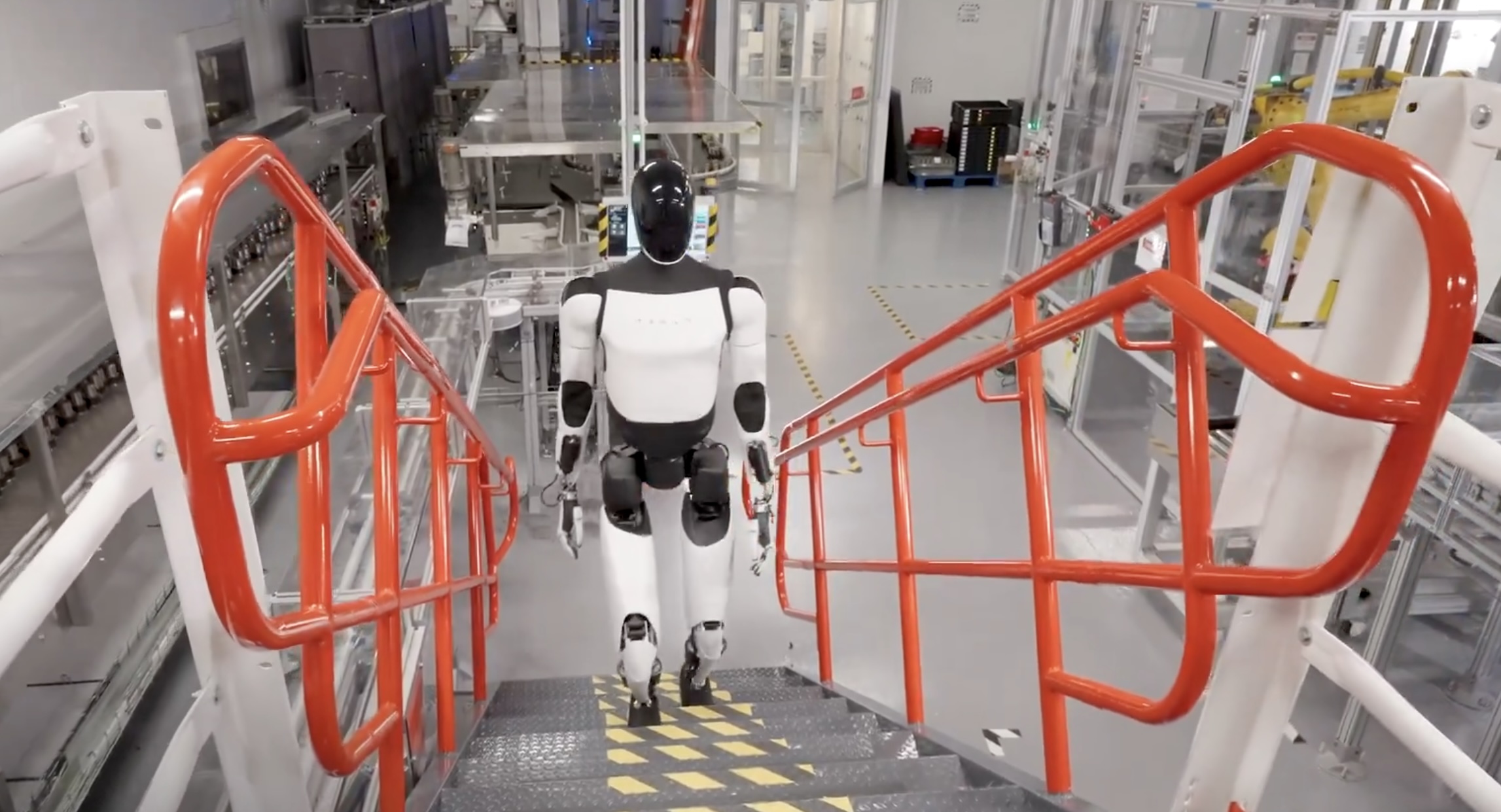
Tesla’s (NASDAQ:TSLA) near-term outlook may be clouded by political controversies and regulatory headwinds, but Morgan Stanley analyst Adam Jonas sees a glimmer of opportunity for the electric vehicle maker.
In a new note, the Morgan Stanley analyst estimated that Tesla could save $2.5 billion by replacing just 10% of its workforce with its Optimus robots, assigning each robot a net present value (NPV) of $200,000.
Morgan Stanley highlights Optimus’ savings potential
Jonas highlighted the potential savings on Tesla’s workforce of 125,665 employees in his note, suggesting that the utilization of Optimus robots could significantly reduce labor costs. The analyst’s note arrived shortly after Tesla reported Q2 2025 deliveries of 384,122 vehicles, which came close to Morgan Stanley’s estimate and slightly under the consensus of 385,086.
“Tesla has 125,665 employees worldwide (year-end 2024). On our calculations, a 10% substitution to humanoid at approximately ($200k NPV/humanoid) could be worth approximately $2.5bn,” Jonas wrote, as noted by Street Insider.
Jonas also issued some caution on Tesla Energy, whose battery storage deployments were flat year over year at 9.6 GWh. Morgan Stanley had expected Tesla Energy to post battery storage deployments of 14 GWh in the second quarter.
Musk’s political ambitions
The backdrop to Jonas’ note included Elon Musk’s involvement in U.S. politics. The Tesla CEO recently floated the idea of launching a new political party, following a poll on X that showed support for the idea. Though a widely circulated FEC filing was labeled false by Musk, the CEO does seem intent on establishing a third political party in the United States.
Jonas cautioned that Musk’s political efforts could divert attention and resources from Tesla’s core operations, adding near-term pressure on TSLA stock. “We believe investors should be prepared for further devotion of resources (financial, time/attention) in the direction of Mr. Musk’s political priorities which may add further near-term pressure to TSLA shares,” Jonas stated.
Investor's Corner
Two Tesla bulls share differing insights on Elon Musk, the Board, and politics
Two noted Tesla bulls have shared differing views on the recent activities of CEO Elon Musk and the company’s leadership.

Two noted Tesla (NASDAQ:TSLA) bulls have shared differing views on the recent activities of CEO Elon Musk and the company’s leadership.
While Wedbush analyst Dan Ives called on Tesla’s board to take concrete steps to ensure Musk remains focused on the EV maker, longtime Tesla supporter Cathie Wood of Ark Invest reaffirmed her confidence in the CEO and the company’s leadership.
Ives warns of distraction risk amid crucial growth phase
In a recent note, Ives stated that Tesla is at a critical point in its history, as the company is transitioning from an EV maker towards an entity that is more focused on autonomous driving and robotics. He then noted that the Board of Directors should “act now” and establish formal boundaries around Musk’s political activities, which could be a headwind on TSLA stock.
Ives laid out a three-point plan that he believes could ensure that the electric vehicle maker is led with proper leadership until the end of the decade. First off, the analyst noted that a new “incentive-driven pay package for Musk as CEO that increases his ownership of Tesla up to ~25% voting power” is necessary. He also stated that the Board should establish clear guidelines for how much time Musk must devote to Tesla operations in order to receive his compensation, and a dedicated oversight committee must be formed to monitor the CEO’s political activities.
Ives, however, highlighted that Tesla should move forward with Musk at its helm. “We urge the Board to act now and move the Tesla story forward with Musk as CEO,” he wrote, reiterating its Outperform rating on Tesla stock and $500 per share price target.
Tesla CEO Elon Musk has responded to Ives’ suggestions with a brief comment on X. “Shut up, Dan,” Musk wrote.
Cathie Wood reiterates trust in Musk and Tesla board
Meanwhile, Ark Investment Management founder Cathie Wood expressed little concern over Musk’s latest controversies. In an interview with Bloomberg Television, Wood said, “We do trust the board and the board’s instincts here and we stay out of politics.” She also noted that Ark has navigated Musk-related headlines since it first invested in Tesla.
Wood also pointed to Musk’s recent move to oversee Tesla’s sales operations in the U.S. and Europe as evidence of his renewed focus in the electric vehicle maker. “When he puts his mind on something, he usually gets the job done,” she said. “So I think he’s much less distracted now than he was, let’s say, in the White House 24/7,” she said.
TSLA stock is down roughly 25% year-to-date but has gained about 19% over the past 12 months, as noted in a StocksTwits report.
Investor's Corner
Cantor Fitzgerald maintains Tesla (TSLA) ‘Overweight’ rating amid Q2 2025 deliveries
Cantor Fitzgerald is holding firm on its bullish stance for the electric vehicle maker.
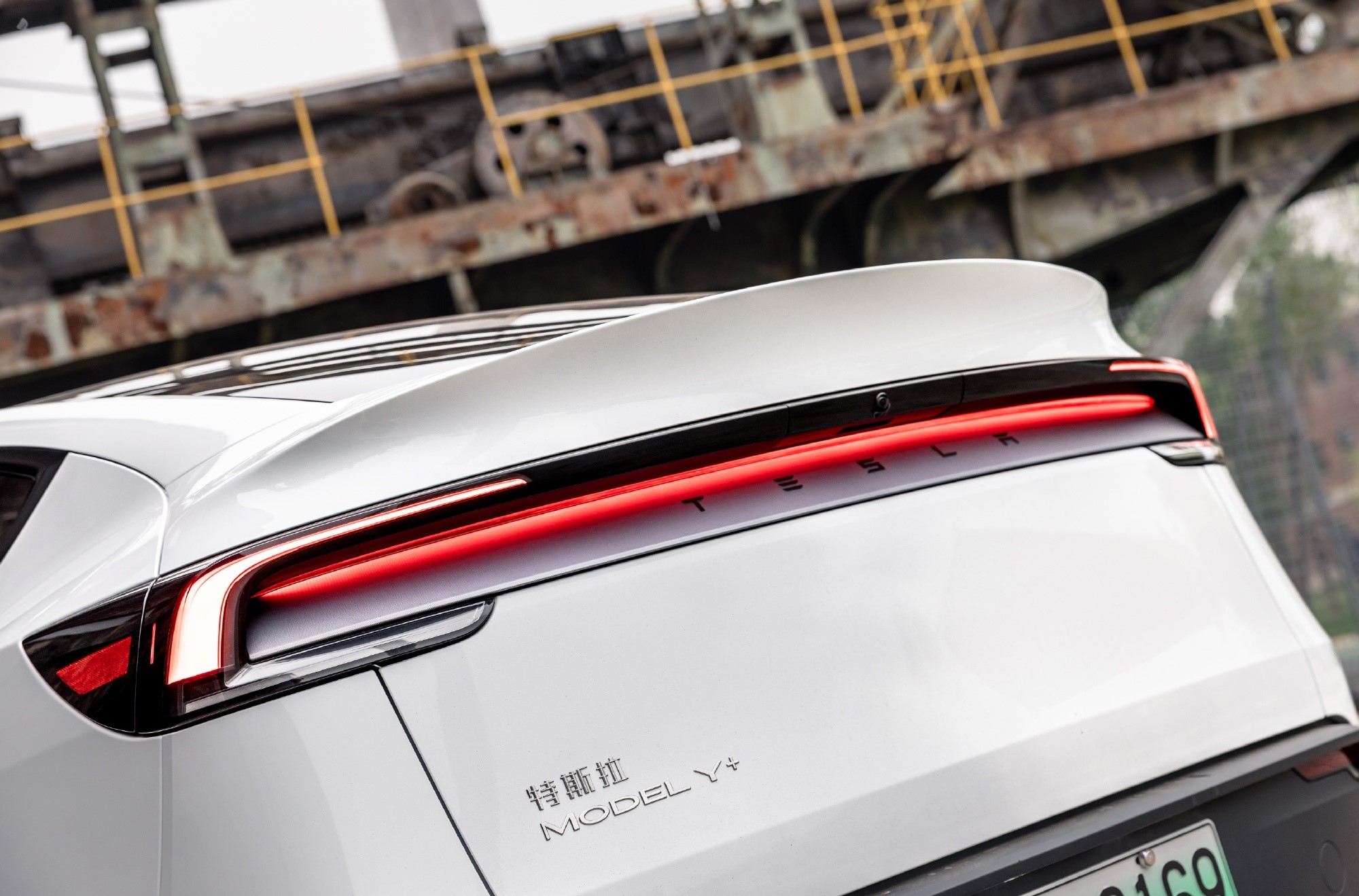
Cantor Fitzgerald is holding firm on its bullish stance for Tesla (NASDAQ: TSLA), reiterating its “Overweight” rating and $355 price target amidst the company’s release of its Q2 2025 vehicle delivery and production report.
Tesla delivered 384,122 vehicles in Q2 2025, falling below last year’s Q2 figure of 443,956 units. Despite softer demand in some countries in Europe and ongoing controversies surrounding CEO Elon Musk, the firm maintained its view that Tesla is a long-term growth story in the EV sector.
Tesla’s Q2 results
Among the 384,122 vehicles that Tesla delivered in the second quarter, 373,728 were Model 3 and Model Y. The remaining 10,394 units were attributed to the Model S, Model X, and Cybertruck. Production was largely flat year-over-year at 410,244 units.
In the energy division, Tesla deployed 9.6 GWh of energy storage in Q2, which was above last year’s 9.4 GWh. Overall, Tesla continues to hold a strong position with $95.7 billion in trailing twelve-month revenue and a 17.7% gross margin, as noted in a report from Investing.com.
Tesla’s stock is still volatile
Tesla’s market cap fell to $941 billion on Monday amid volatility that was likely caused in no small part by CEO Elon Musk’s political posts on X over the weekend. Musk has announced that he is forming the America Party to serve as a third option for voters in the United States, a decision that has earned the ire of U.S. President Donald Trump.
Despite Musk’s controversial nature, some analysts remain bullish on TSLA stock. Apart from Cantor Fitzgerald, Canaccord Genuity also reiterated its “Buy” rating on Tesla shares, with the firm highlighting the company’s positive Q2 vehicle deliveries, which exceeded its expectations by 24,000 units. Cannacord also noted that Tesla remains strong in several markets despite its year-over-year decline in deliveries.
-
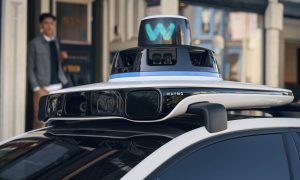
 Elon Musk1 day ago
Elon Musk1 day agoWaymo responds to Tesla’s Robotaxi expansion in Austin with bold statement
-
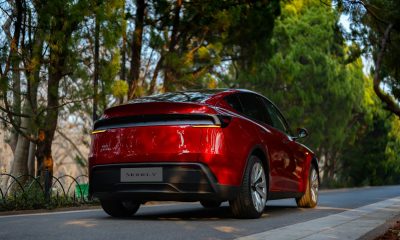
 News1 day ago
News1 day agoTesla exec hints at useful and potentially killer Model Y L feature
-

 Elon Musk2 days ago
Elon Musk2 days agoElon Musk reveals SpaceX’s target for Starship’s 10th launch
-

 Elon Musk3 days ago
Elon Musk3 days agoTesla ups Robotaxi fare price to another comical figure with service area expansion
-
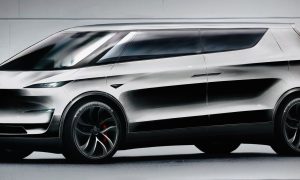
 News1 day ago
News1 day agoTesla’s longer Model Y did not scale back requests for this vehicle type from fans
-

 News1 day ago
News1 day ago“Worthy of respect:” Six-seat Model Y L acknowledged by Tesla China’s biggest rivals
-
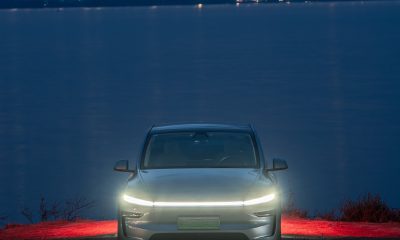
 News2 days ago
News2 days agoFirst glimpse of Tesla Model Y with six seats and extended wheelbase
-
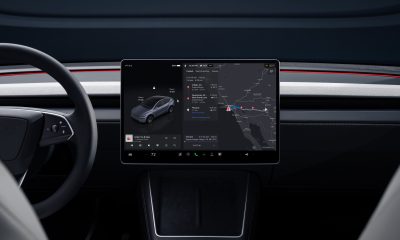
 Elon Musk2 days ago
Elon Musk2 days agoElon Musk confirms Tesla is already rolling out a new feature for in-car Grok

